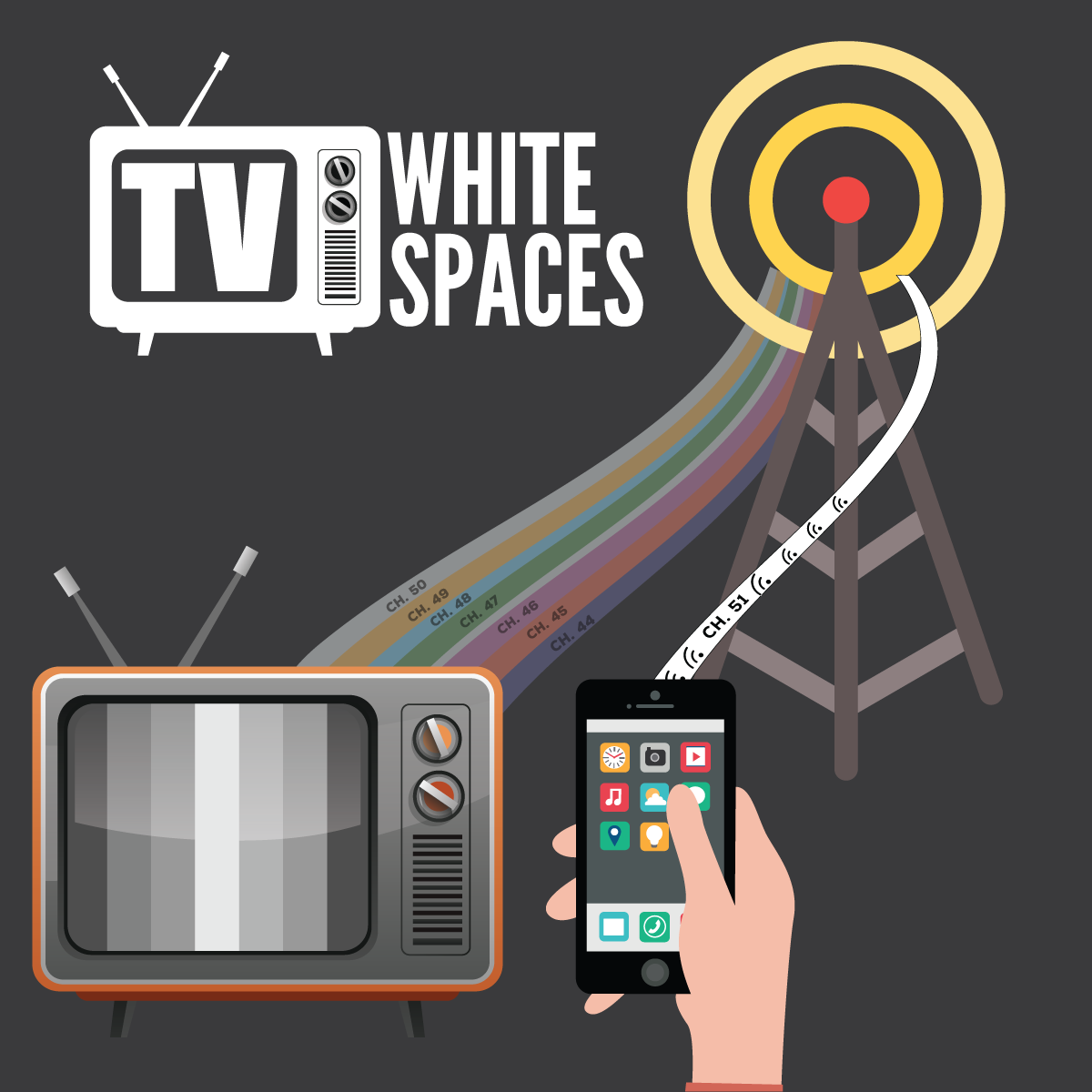Without a doubt, the 2018 midterm elections revealed a nation divided beyond party lines. Articles attempting to explain these results even disagree on which issues are most responsible for our partisan divide: is it healthcare? Immigration? Taxes? Trade? Whichever of these you choose, you can find a strong contingent of voters on one side of the issue that disagrees vehemently with the other.
Somewhere beyond all the rancor and argument, Americans of all political stripes have come to an agreement on one of our most pressing policy problems: access to broadband internet. Broadband access has sparked a revolution in startup activity, producing an app economy defined by democratized entrepreneurship. This app economy supports thousands of jobs across the nation, including in rural congressional districts, where small innovators compete successfully with Silicon Valley’s finest. Unfortunately, broadband is still unavailable for millions of Americans. In fact, according to the Federal Communications Commission (FCC), almost 25 million Americans still cannot access broadband and are therefore left out of the app economy and the revolutionary products and services it is creating for consumers everywhere.
Voters United
The question is, how can policymakers enable the deployment of broadband services to the remaining Americans who currently lack access to it? This is where, remarkably, Americans are in agreement on how to close the digital divide. In a poll of 1,000 confirmed midterm voters, 88 percent believe that the FCC should finalize rules to ensure vacant television channels are used for broadband, especially in rural areas. The divergence between the political parties on this issue is minuscule. In response to the question, 89 percent of Republicans, 90 percent of Democrats, and 85 percent of swing voters supported this concept.
The method of broadband deployment voters agree on is important. It means that voters overwhelmingly support the use of television “white spaces”—unlicensed use of vacant television channels to provide broadband service. Government officials have long puzzled over how to support the building of telecommunications—and now broadband—infrastructure in rural and poverty-stricken areas, where subscribers simply are unable to cover the costs of deployment. The main federal program supporting broadband deployment to rural areas and to low-income Americans—the Universal Service Fund—collects and spends about $9 billion from phone and internet bills over the course of a year, and yet millions of Americans still lack access. The use of television white spaces is an attractive supplement to federal support programs because it extends the edges of the expensive infrastructure network for miles in every direction. The modality is cost-effective, and it is powerful, offering speeds of up to 400-500 megabytes per second with enough spectrum.
Action Now
Americans want and need better broadband coverage using television white spaces, not just for better job prospects, but also to access essential services. In today’s digital economy, education, healthcare, and even agriculture depend on strong, reliable broadband connections. That’s why 2018 midterm voters overwhelmingly support the use of television white spaces to connect Americans for healthcare (90 percent), education (89 percent), and agriculture (87 percent). While the voters’ mandate to a divided Congress is less clear on some issues, there can be no mistake about television white spaces. Congress should provide much-needed support for the FCC to finalize a handful of proceedings that would provide rules of the road for operators using television white spaces. Those technical rules will go a long way toward making the broadband benefits of television white spaces a reality for millions of Americans who currently lack access to the healthcare, educational, and economic opportunities broadband delivers.
